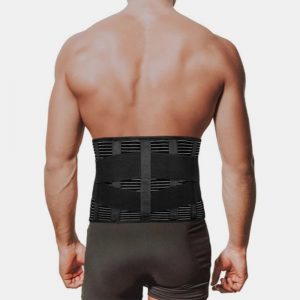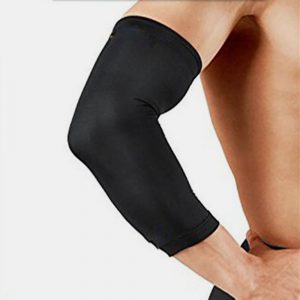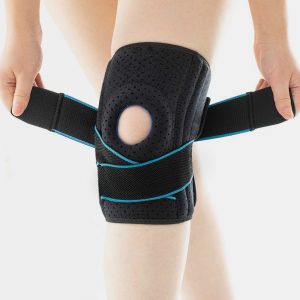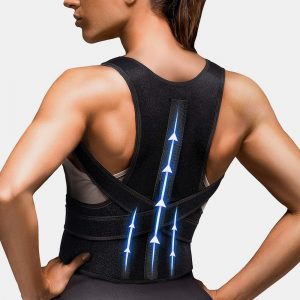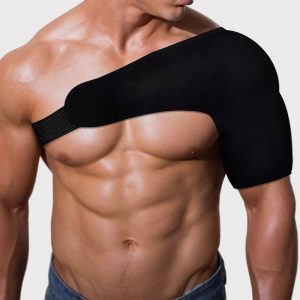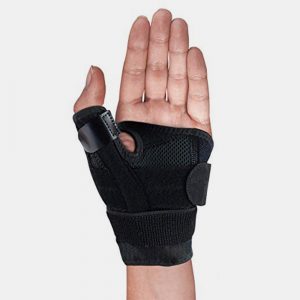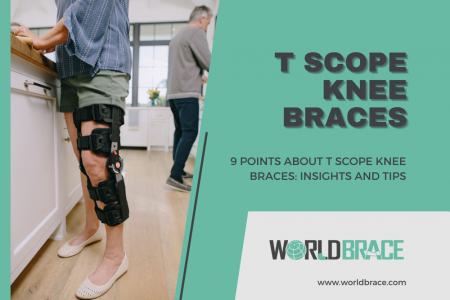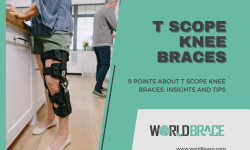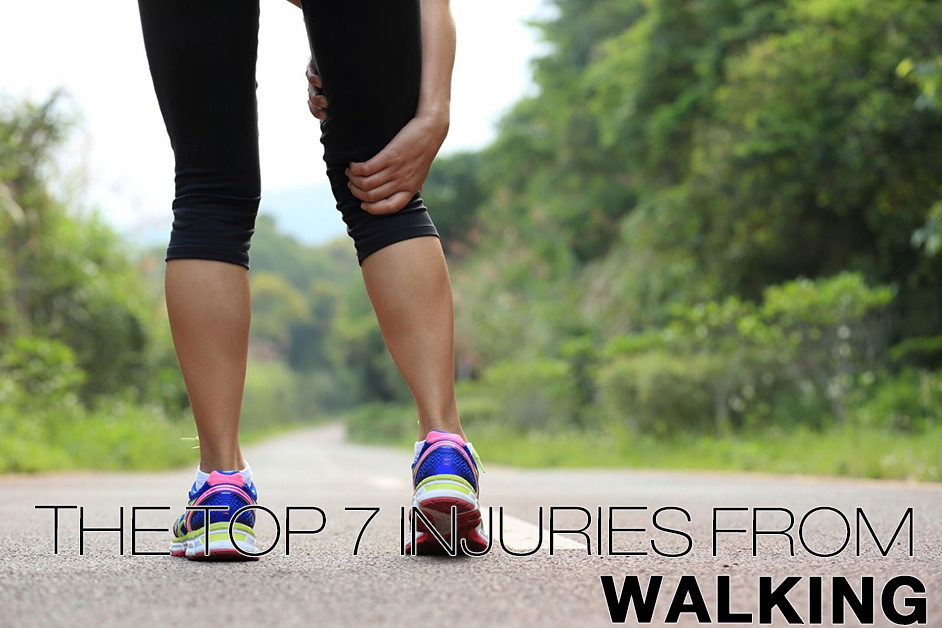
Walking is the best form of low-intensity exercise. Walking several miles a day can help you reduce a certain amount of calories. This means you can achieve your fitness goals without hitting the gym. In addition, walking is an antidepressant and a secure method for treating several health issues. You can improve health issues like diabetes and heart attack through walking. As every exercise comes with a risk of injury, so is walking. Before performing any exercise, it is essential to know the different injuries that come with it. Through this article, we will be guiding you through the different forms of injuries that come from walking.
1. Plantar Fasciitis
What exactly is Plantar Fasciitis?
When the plantar fascia, a band of tissue that stretches from the heel bone to the toes and helps support the foot’s arch, becomes irritated and inflamed, a painful condition known as plantar fasciitis can develop.
How do walkers get Plantar Fasciitis?
Since the plantar fascia is responsible for absorbing shock and supporting the arch of the foot, and when the tension is increased in the foot, it irritates the tissues, which causes pain. You can also experience this pain with repetitive foot motions like running, jogging, walking, or dancing.
Can I treat plantar fasciitis and continue to walk?
There are a variety of braces that help in treating plantar fasciitis. Most of these braces are ideal for wearing at night when there is no motion of your feet, and the tissues are allowed to stretch as stretching helps improve the strength and flexibility of the tissues of your foot, which minimizes the pain of walking the next day. Although your plantar fasciitis treatment should not stop during the day, we at Worldbrace offer braces that can be worn during the daytime. These braces provide gentle support to the plantar fascia and can easily carry inside your shoes.
2. Lower Back Pain:
To what do you attribute this ache in my lower back?
From the weight of your cute purses or high-intensity workouts, lower back pain can occur due to multiple causes. It is common to experience some lower back pain during your lifetime. As a walker, if you experience lower back pain while walking, it might be due to a certain injury that happened earlier and now is coming to the surface due to constant movements. For general back pain, braces are a good option for walkers.
What are treatments for lower back pain?
There are multiple ways to treat your back pain, one of which is wearing braces. They help in eliminating back pain by providing compression to the tissues while you perform activities with repetitive movements. Worldbrace is home to different kinds of lower back braces to address different individuals according to their concerns. Each brace is exclusively designed to make it comfortable for the patient to wear for a longer period and is soft against the skin. For walkers, the sport back brace works wonders and provides a massive range of motion.
3. Hip and Joint Inflammation (Bursitis)
Explain what hip bursitis is.
Bursae are those small sacs that are region throughout the body, which includes our shoulders, elbows, hips, and knees. These bursae contain a fluid that is located between our bones and tissues. When the bursae are injured often in the hip area, it results in hip bursitis.
How can walkers avoid getting Hip Bursitis?
The ideal sign of hip bursitis is the pain a person experiences from the hip to the thigh zone. The pain is subjected to change with time, which eventually starts as a tingling pain that may become an ache later. Uphill walking, running, or bicycling cause hip bursitis, mainly seen in middle-aged individuals. Since hip bursitis occurs due to constant movement, walkers are more likely to experience it.
How Can Hip Bursitis be Cured?
Multiple methods can treat hip bursitis, and applying an ice pack to the affected area is the most common. Ice helps in relieving the constricted nerves and soothes the area. We at Worldbrace have streamlined the icing process for you with our cold therapy ice wrap that provides quick and effective relief to inflamed areas.
4. Runner's Knee
What is a runner’s knee?
Runner’s knee is a common patellofemoral syndrome in which the back part of the knee comes in close contact with your thigh, resulting in an inside knee, also known as the runner’s knee.
How do I get a runner’s knee from walking?
Constructive bending or stressing of the knee irritates the kneecap joint, causing runners’ knees. Therefore, any exercise involving constant movement of knees may result in runners’ knees.
What are the treatments for Runner’s Knee?
To avoid runners’ knees, a patellofemoral knee brace could be of great help as they help track the kneecap properly, thereby playing a significant role in treating the runner’s knee.
5. Shin Splints
What are Shin Splints?
Shin splints are a common injury observed among athletes, which causes pain in the front and inner of your lower leg. The cause is the forceful increase in the intensity of the exercise or workouts. Walkers are also prone to this injury when they walk on hard surfaces where excess stress is applied to the connective tissues.
What are the treatments for Shin Splints?
Shin sleeves are known to effectively cure shin splints as they increase the blood circulation in the shin, which minimizes the pain of shin splints. In addition, shin braces available at Worldbrace, like the compression brace, are known to reduce the strain on the tissues and help heal the inflamed area.
6. Achilles Tendinitis
Achilles tendinitis: what’s the deal?
The Achilles tendon is the largest tendon in the body and connects the calf muscles to the heel bone. If your Achilles tendon is inflamed, you may experience heel pain. Find out more about Achilles tendinitis by reading on.
How does walking cause Achilles tendinitis?
Achilles tendon occurs when a repetitive strain is caused on the tendon, utilized while walking, running, and jumping. When your exercise intensity changes or there is a repetitive change in your movement, it can cause Achilles tendinitis, including walking. Achilles tendinitis usually occurs in mid-aged individuals due to the weakening of the tendons.
What is the effective treatment for Achilles Tendinitis?
The most proven way to cure Achilles tendinitis is to keep your joints moving. Structured movements help in reducing the pain and healing the inflamed areas. Massages are another great way to get rid of Achilles tendonitis as it provides support to the ankles consistently and ensures faster recovery. During the massage, the soft tissue of the heels and ankles is stimulated, which helps in faster recovery. Just keeping your feet mobile will not work; stretching is equally important to prevent your Achilles tendinitis from contracting. Stretching the tendon at night will help you avoid your tendon’s discomfort throughout the day. If you are constantly active and involve yourself in intensive workouts, it is advisable to protect your Achilles tendon. To prevent injury and provide effective support, you can try wearing ankle braces during your vigorous or day-to-day activities like walking, running, etc.
7. Bunions
Bunions- definition
A bunion is an injury caused in the foot when your big toes move closer to your other ones and appears as a bony hump at the bottom of your toes. Since bunions occur on your toes, it can be extremely painful while walking and doing other activities. The pain is directly proportional to your body weight and makes resting on it difficult.
What are the causes of bunions?
Bunions can result from various things, including genetics, foot injuries, or wearing false shoes. Wearing false shoes and walking with them for a long time can worsen your bunions and cause extreme pain.
What is the treatment of bunions?
Various methods can treat bunions, and wearing a gentle bunion splint will help you cure your bunions as these splints hold your foot in proper alignment with your shoes. In addition, we at Worldbrace offer soft braces that can help you cure your bunions. You can use them during the day and night for effective healing. The soft pad in these braces allows you to wear them inside your shoes all day long comfortably.


